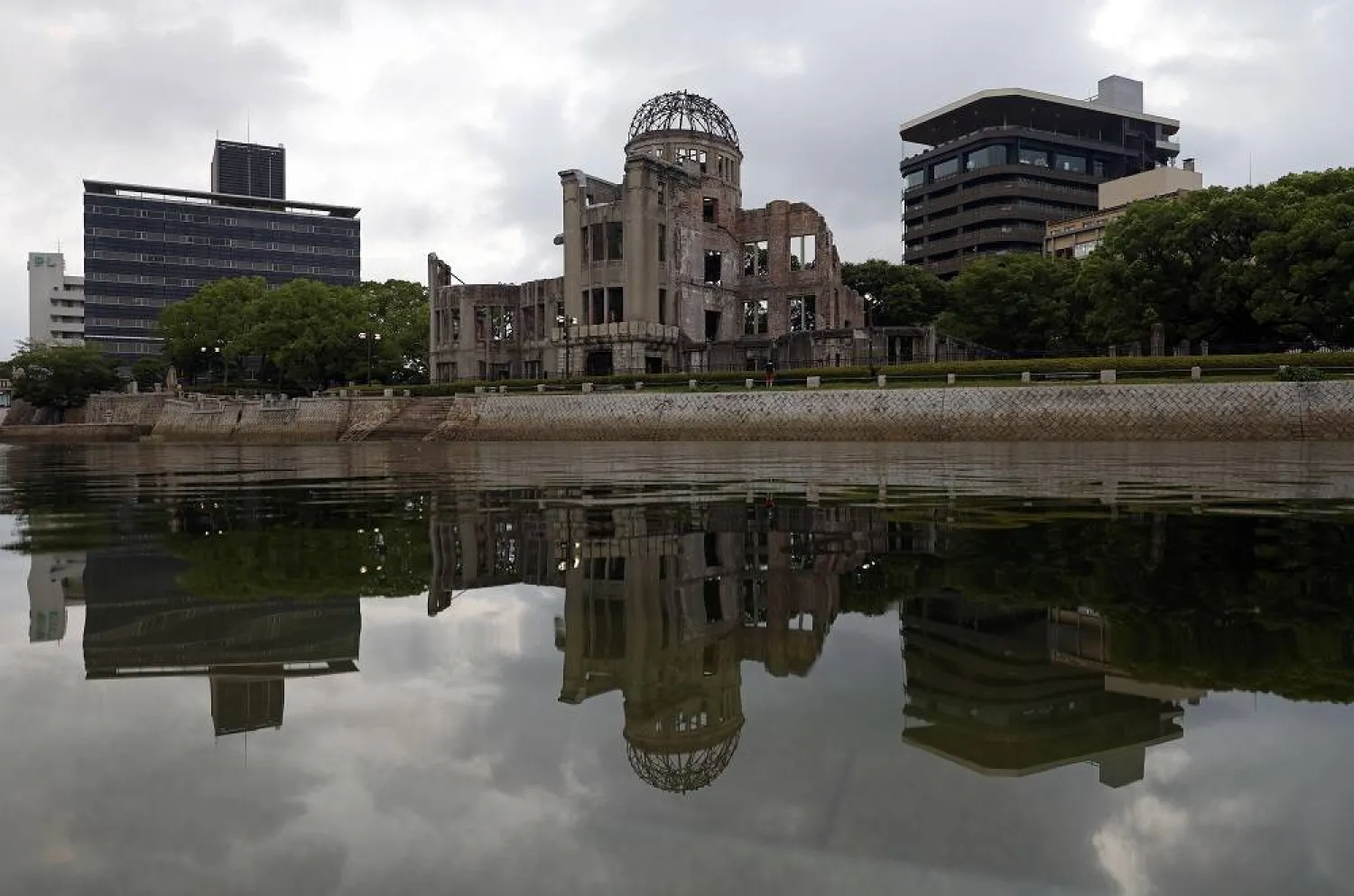Harsh weather moved west on Monday as a polar vortex was expected to grip the Rockies and the northern Plains after winter storms pummeled the eastern US over the weekend, killing at least 10 people, including nine victims in Kentucky who died during flooding from heavy rains.
The National Weather Service warned of “life-threatening cold” into Tuesday, with temperatures in northeastern Montana predicted to dip as low as 45 degrees below zero (-42.7 degrees Celsius) with wind chills down to 60 below (-51 degrees Celsius).
Dangerously cold wind chill temperatures as low as 50 degrees below zero (minus 45.6) were expected in most of North Dakota, which remained under an “extreme cold warning” along with large swaths of South Dakota and Minnesota, according to the weather service.
Meteorologists said several states would experience the 10th and coldest polar vortex event this season. Weather forces in the Arctic are combining to push the chilly air that usually stays near the North Pole into the US and Europe.
Kentucky, Appalachia battered by flooding
Kentucky Gov. Andy Beshear announced Sunday that the death toll in his state had risen to nine and at least 1,000 people stranded by floods had to be rescued. President Donald Trump approved Kentucky's request for a disaster declaration, authorizing the Federal Emergency Management Agency to coordinate relief efforts throughout the state.
In Atlanta, a person was killed when a large tree fell on a home early Sunday, raising the overall death toll from harsh weather to 10.
Parts of Kentucky and Tennessee received up to 6 inches (15 centimeters) of rain, Bob Oravec, a senior forecaster with the National Weather Service, said Sunday.
Water submerged cars and buildings in Kentucky and mudslides blocked roads in Virginia over the weekend. Flood warnings extended throughout Tennessee and Arkansas.
In West Virginia, 13 southern counties were under a state of emergency for flooding and some areas were cut off to vehicle traffic Sunday. Several volunteer fire departments dealt with flooding in their own buildings while answering rescue and evacuation calls.
Rockies, Midwest, Northeast hit with snow storms
Ice and snow made road travel treacherous in large swaths of Michigan, which remained under a winter weather advisory until Monday afternoon. Michigan State Police reported 114 crashes Sunday around the Detroit area since snow started falling Saturday.
“Fortunately, most were one-car spin outs and there were no serious injuries,” Michigan State Police said on X.
Authorities in Colorado reported eight people were killed in fatal vehicle crashes since Valentine’s Day and warned drivers to be cautious as the weather made driving more difficult. The causes of the fatal crashes weren’t immediately known.
Also in Colorado, three state patrol cruisers that had pulled over along roadsides were struck by other vehicles, including one on Sunday where a trooper had stopped as officials prepared to close a road because of ice. In each case the troopers were out of their cruisers at the time and were uninjured.
Avalanche warnings were issued for numerous areas of the Rocky Mountains stretching from Colorado to Washington state, with the danger rated highest in Utah.
Part of Detroit is submerged in water after pipe burst
Parts of a southwest Detroit neighborhood are submerged after a nearly century-old water main burst early Monday.
The 54-inch (137-centimeter) transmission main was built in 1930 and has left several feet of water over streets, sidewalks and yards, according to the Great Lakes Water Authority.
Crews and contractors were in the area attempting to isolate the break. It was not clear what caused the main to burst, but temperatures late Sunday into Monday morning were well below zero degrees Fahrenheit (minus 17 degrees C).
No injuries have been reported. Firefighters used a ladder to help one person from the roof of a car in waist-deep water and a bulldozer was used to navigate a flooded street and help people leave a home, according to the fire department.
Mayor Mike Duggan says people impacted by the flooding can shelter in place if they have power and feel safe. Those who want to leave can call 911 and fire crews will help them from their homes and take them to a temporary shelter.
Avalanche warnings for Rockies and elsewhere
Avalanche warnings were issued for numerous areas of the Rocky Mountains stretching from Colorado to Washington state, with the danger rated highest in Utah.
The Mount Washington Avalanche Center issued an avalanche warning Monday for several places in the White Mountains — including Tuckerman Ravine, Gulf of Slides, Huntington Ravine, and Great Gulf — in the state of New Hampshire.
Two ice climbers were rescued in the White Mountains on Sunday after they triggered an avalanche and one of them became partially buried in the snow, the New Hampshire Fish and Game said in a statement.







